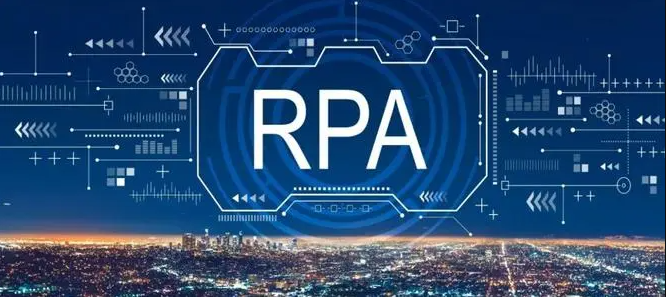ATA TECHNOLOGY (DALIAN) CO., LTD.
|
The evolution of RPA desktop level to enterprise level!时间:2022-04-14 Application levels that RPA can reach: desktop, enterprise RPAs can be classified as desktop or enterprise based on the application level they can reach.
01 desktop level Desktop-level automation is known as Desktop Process Automation (DPA) or Robotic Desktop Automation (RDA). The technology has evolved to the point where enterprise-level automation is generally referred to as true RPA, and of course, RPA usually supports the technical implementation of DPA down the line, so if an enterprise-level RPA application is implemented, it must first be able to automate desktop processing.
In the DPA model, each robot runs independently in a specific desktop computer, i.e., the robot development environment, testing environment, running environment and monitoring environment are all based on the desktop computer, which is equivalent to a desktop software. There is no connection between different robots, and there is no unified job scheduling, resource scheduling and monitoring management, or underlying API integration functions involved. In other words, the whole operation system of DPA does not utilize any backend server resources of the enterprise. Since DPA is decentralized, the use and management authority of each robot is completely delegated to ordinary business personnel, so the first thing that needs to be done is to upgrade the skills of business personnel. Since it was not possible to share the resources of the bots, in a way, DPA looked simple to implement, but in fact it brought waste of resources.
02 Enterprise level True enterprise-class RPA is an upgrade to the DPA model. To solve the problem of large-scale robot usage and management in enterprises, it is usually implemented in a platform-based way to support different types of process automation requirements in various departments. Enterprise level RPA complements and enhances the original DPA technology capabilities, especially in robot monitoring and management, enterprise security risk control, environment version migration, resource sharing and load balancing control.
The RPA platform-based mechanism enables the sharing and reuse of bot resources across the enterprise. For example, a bot can provide different services to two business units without conflict, but it needs to meet the requirements of corporate compliance and audit departments for bot compliance management. Instead of just meeting desktop software management specifications, as is the case with DPA.
Enterprise-class RPAs not only have high requirements for the platform, but also for the capabilities of the people managing them. Managing an enterprise-wide robot is much more complex than managing just one robot on an individual desktop, so typically enterprise-level RPAs come with an appropriate management organization and supporting management practices, such as the way a robotics center of excellence (CoE) is managed.
If you are interested in RPA related courses, you can focus on our WeChat official account, ATA technology, check out the training videos of RPA courses, and check our video content in the official account to better understand RPA. You can also follow our subscription number to learn more in real time. WeChat swept away the official account of "ATA technology" WeChat swept away the official account of "RPA digital workforce" |



